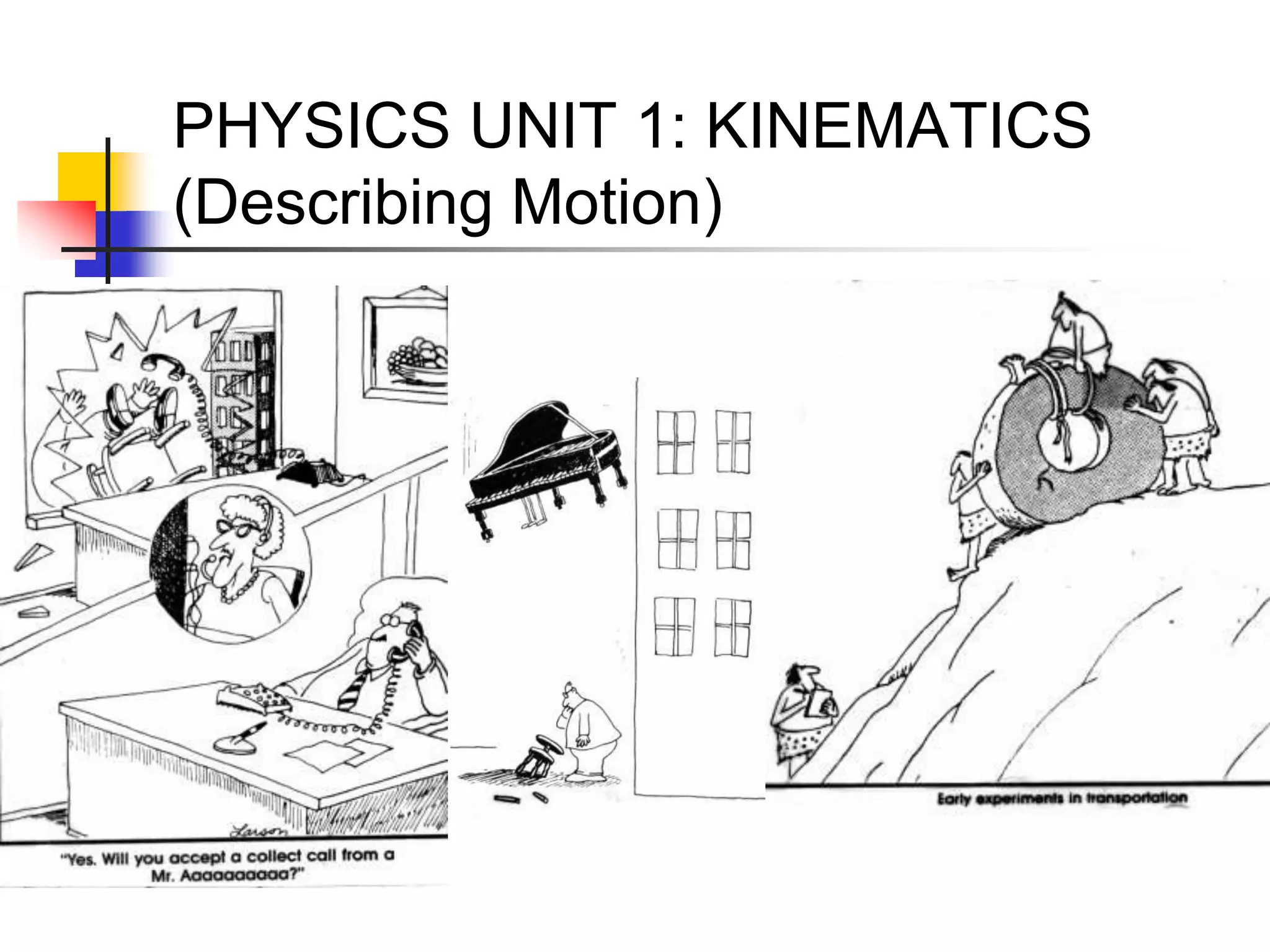
Basics of kinematics PART 1
Introduction
Name: Own Teacher
Email: info@ownteacher.com
Created At: 13-10-2023
Position:
Any object is situated at point O and three observers from three different places are looking for the same object, then all three observers will have different observations about the position of point O, and no one will be wrong. Because they are observing the object from their different positions
Observer ‘A’ says : Point O is 3 m away in west direction.
Observer ‘B’ says : Point O is 4 m away in south direction.
Observer ‘C’ says : Point O is 5 m away in east direction.
Therefore position of any point is completely expressed by two factors: Its distance from the observer and its direction with respect to observer. That is why position is characterised by a vector known as position vector.
Rest and Motion
If a body does not change its position as time passes with respect to frame of reference, it is said to be at rest. And if a body changes its position as time passes with respect to frame of reference, it is said to be in motion. Frame of Reference : It is a system to which a set of coordinates are attached and with reference to which observer describes any event.
A passenger standing on platform observes that tree on a platform is at rest. But when the same passenger is passing away in a train through station, observes that tree is in motion. In both conditions observer is right. But observations are different because in first situation observer stands on a platform, which is reference frame at rest and in second situation observer moving in train, which is reference frame in motion. So rest and motion are relative terms. It depends upon the frame of references.
Types of Motion
Particle or Point Mass
The smallest part of matter with zero dimension which can be described by its mass and position is
defined as a particle. If the size of a body is negligible in comparison to its range of motion then that body is known as a particle.
A body (Group of particles) to be known as a particle depends upon types of motion. For example in a
planetary motion around the sun the different planets can be presumed to be the particles.
In the above consideration when we treat the body as a particle, all parts of the body undergo the same displacement and have the same velocity and acceleration.
Comment List
Leave a Comment.



